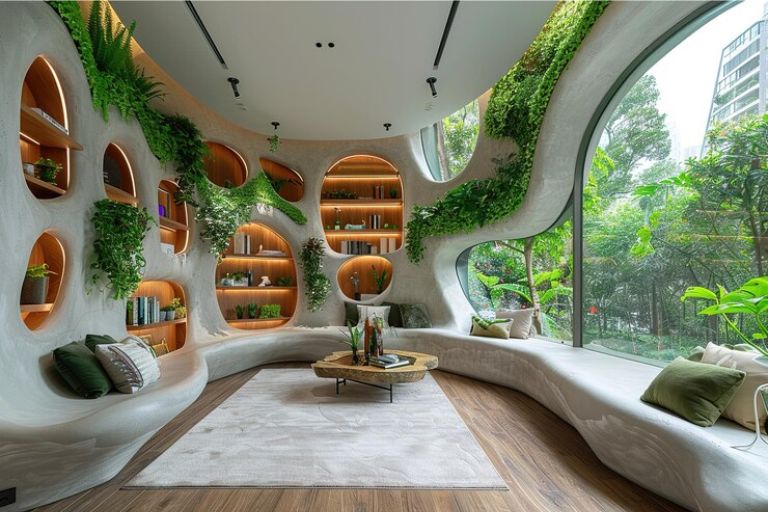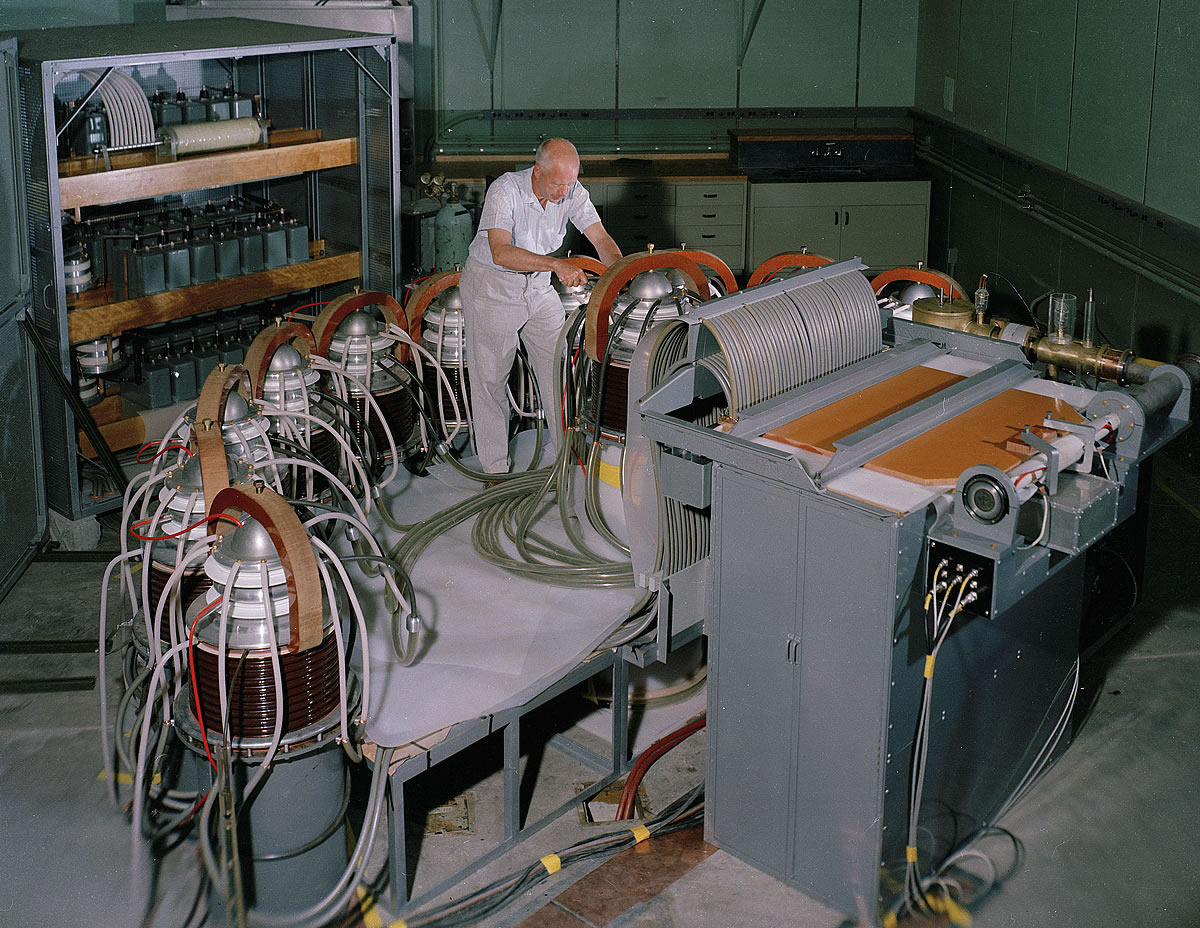As winter 2026 approaches, the most luxurious homes aren’t necessarily louder or flashier—they’re smarter, quieter, and more seamlessly designed. Gone are the days when tech had to dominate your living space with flashing lights, bulky equipment, or clunky controls. Today, the most advanced interiors hide their brilliance in plain sight. Explore how hidden technologies like ambient lighting, seamless HVAC, and built-in sound elevate AW 2025 winter interiors.
Welcome to the era of invisible innovation. From softly glowing walls that adjust to your mood, to heating systems that disappear behind acoustic panels, today’s winter interiors are a harmonious blend of comfort, aesthetics, and intelligence. Homeowners want their environments to work for them—to anticipate needs without interrupting the experience of home. In this article, we shine a warm spotlight on the technologies that whisper instead of shout.
We’ll explore:
- The evolution of ambient lighting and tunable light systems
- Discreet HVAC and radiant floor heating integration
- Built-in sound and invisible speaker networks
- Smart control panels hidden in elegant details
- Voice assistants without visual clutter
- Real-world usage data and consumer expectations
AW 2025 Winter Interiors
Let’s uncover how subtle tech is making winter interiors warmer, smarter, and effortlessly elegant.
Ambient Lighting: The Warm Glow of Precision
Lighting has always shaped mood, but today’s tech elevates it to emotional architecture. Ambient lighting now goes beyond dimmers and sconces—welcome to tunable LEDs, hidden cove lighting, and AI-assisted scene setting.
Key features making waves:
- Human-centric circadian lighting, which adjusts color temperature throughout the day for wellness
- DALI and KNX systems that sync seamlessly with voice or app control
- Invisible LED tape behind molding, shelving, or ceiling beams
- Art-focused lighting that mimics museum-grade illumination
Homes are no longer just lit—they’re emotionally tuned.
Hidden HVAC: Climate Control Without the Clutter
Traditional radiators and clunky ducts are making way for discreet climate solutions:
- Radiant floor heating beneath wood, tile, or concrete
- Linear slot diffusers that disappear into architectural lines
- Smart vents and sensors adjusting zones silently and efficiently
- Air purifiers concealed in custom millwork
These systems not only reduce visual noise but also contribute to healthier air quality and energy savings. According to Statista, demand for smart HVAC solutions is expected to grow by 12.6% annually through 2028.
Built-in Sound: Feel the Music, Not the Speakers
Luxury homes now treat audio like architecture. Instead of visible speakers, homeowners opt for:
- Ceiling-embedded acoustic panels with directional sound
- Wall-integrated speakers behind plaster or artwork
- Multi-room audio zones controlled by gesture or app
Companies like Sonance and Bang & Olufsen are leading this seamless sound revolution. The goal? Immersive atmosphere without disrupting design.
Discreet Smart Controls: Intelligence in the Details
Touchscreens are now being replaced or concealed within:
- Mirror-integrated smart panels in bathrooms and entryways
- Minimalist wall tablets disguised as picture frames
- Gesture-sensitive counters for lighting, music, or climate
Bonus: many smart systems now offer learning capabilities, adjusting patterns based on user behavior.
Invisible Voice Tech: Assistants That Fade Into the Background
With smart speakers no longer needing to be visible, AI assistance becomes architectural. Expect:
- Micro-speakers hidden in pendant lights or ceiling canopies
- Wall-embedded microphones with multi-room reach
- Responses customized by room location, not device
The result? Help without visual interruption. Users no longer have to see their tech to use it.
Why Consumers Love It: Quiet Power = Confidence
According to a 2025 survey by Houzz:
- 68% of homeowners planning renovations prefer tech that “blends into the environment“
- 74% value “a clean aesthetic without visible devices“
Winter interiors are no longer about showcasing devices—they’re about creating invisible comfort.
Designers are responding by weaving in tech with architectural intent, reducing wall clutter, improving wellness through light and air, and enabling more fluid, frictionless living.
Conclusion
Invisible innovation is here to stay.
In AW 2026, the best tech is not the most obvious—it’s the most harmonious, helpful, and hidden. When technology supports you without demanding your attention, it allows you to be more present, more relaxed, and more inspired by your space.
This season, designers are learning to speak softly but design powerfully.
Mattias Knutsson, a global strategist in procurement and business development, believes that subtle tech reflects a broader shift:
“Invisible tech isn’t about hiding—it’s about elevating experience. When you integrate technology with design rather than layer it on top, you unlock true lifestyle innovation.”
He advises brands to:
- Prioritize smart solutions that integrate architecturally
- Partner with manufacturers who engineer for elegance
- Offer value beyond functionality—offer emotional harmony
His final word:
“Luxury is not what you see—it’s what you don’t notice until it makes your life better.”
Want more insights on smart interiors and seamless design? Subscribe to my newsletter for case studies, brand spotlights, and procurement guides for the invisible home.





